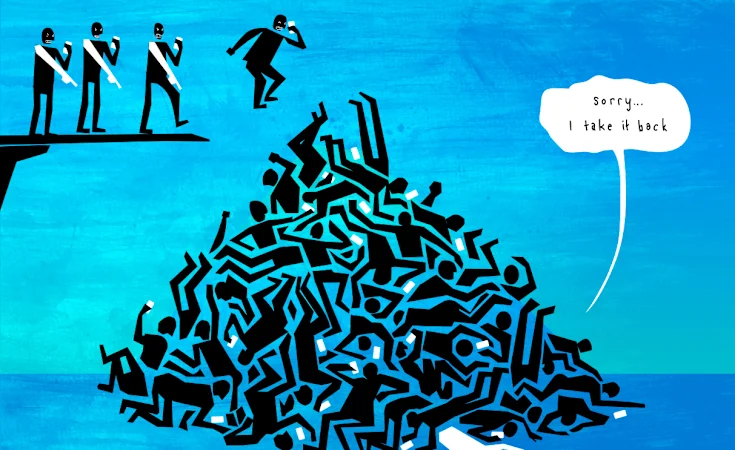Copyright tribuneonlineng

Researchers at the University of Eastern Finland said dance as a performative art form alleviates perceived symptoms of depression, helps to understand its root causes and promotes self-actualisation. In a recent study, they specifically emphasised the psychosocial health advantages of dance in lowering depressive symptoms, such as increased self-awareness and self-esteem, enhanced capacity to process embodied emotions and a feeling of acceptance and the importance of peer support. It is published in Narrative Works. Depression is a major public health concern, and there is an urgent need for adjunct treatment methods. Robust evidence regarding adjunct treatments for depression already exists for physical exercise, for example. Professor of Adolescent Psychiatry, Tommi Tolmunen of the University of Eastern Finland, stated “The inclusion of expressive elements, such as those found in dance, could make physical exercise particularly appealing for many.” The pilot study involved seven adolescents diagnosed with mild-to-moderate depression. During the study, they created a digital dance piece of their desired future, using dance improvisation and a camera-based 3D motion capture method. A key aspect of the research process was making their experience of depression and their desire for the future visible through dance using 3D motion capture. The study was conducted as part of the Narrating through Dance in Life Fractures project (2021–2025). The project examined the experiential and social psychological effects of dance in diverse life fractures. The findings emphasised the psychosocial health advantages of dancing in lowering depressive symptoms, such as increased self-awareness and self-esteem, enhanced capacity to handle embodied emotions, a sense of acceptance, and the value of peer support. Participants’ experiences of an accepting and trusting atmosphere, and of a sense of belonging and community, were especially conducive to helping them develop their relationship with their own body through enhanced bodily awareness. Participants also observed this transformation in their concrete choreography process, as their experiences of their own body and its capabilities evolved into encounters with the self, self-actualisation and self-expression. Robust evidence regarding adjunct treatments for depression already exists for physical exercise, for example. The inclusion of expressive elements, such as those found in dance, could make physical exercise particularly appealing for many. Nowadays, dance is regarded as a promising rehabilitation method that complements medical treatment across a range of conditions, including depression. Dance movement therapy, in particular, is a suitable adjunct treatment for both depression and anxiety. Dancing may reduce the secretion of stress hormones such as cortisol and noradrenaline, while increasing the secretion of dopamine, which, like physical exercise, is associated with pleasure. Dancing also enhances bodily awareness and offers a creative, non-verbal means of self-expression. Through dance, it is possible to process emotions that may be difficult to verbalise or transcend verbal language.



